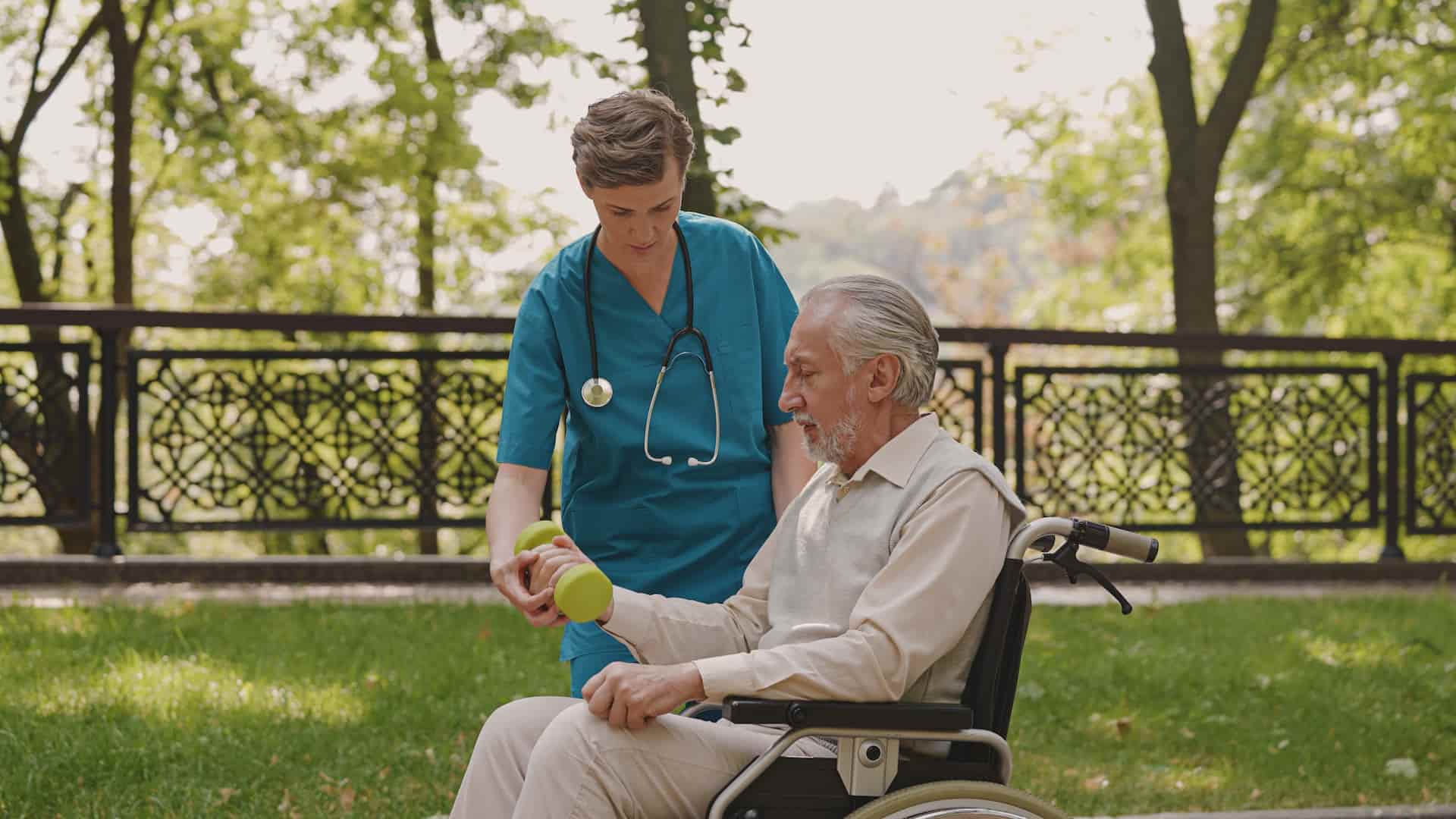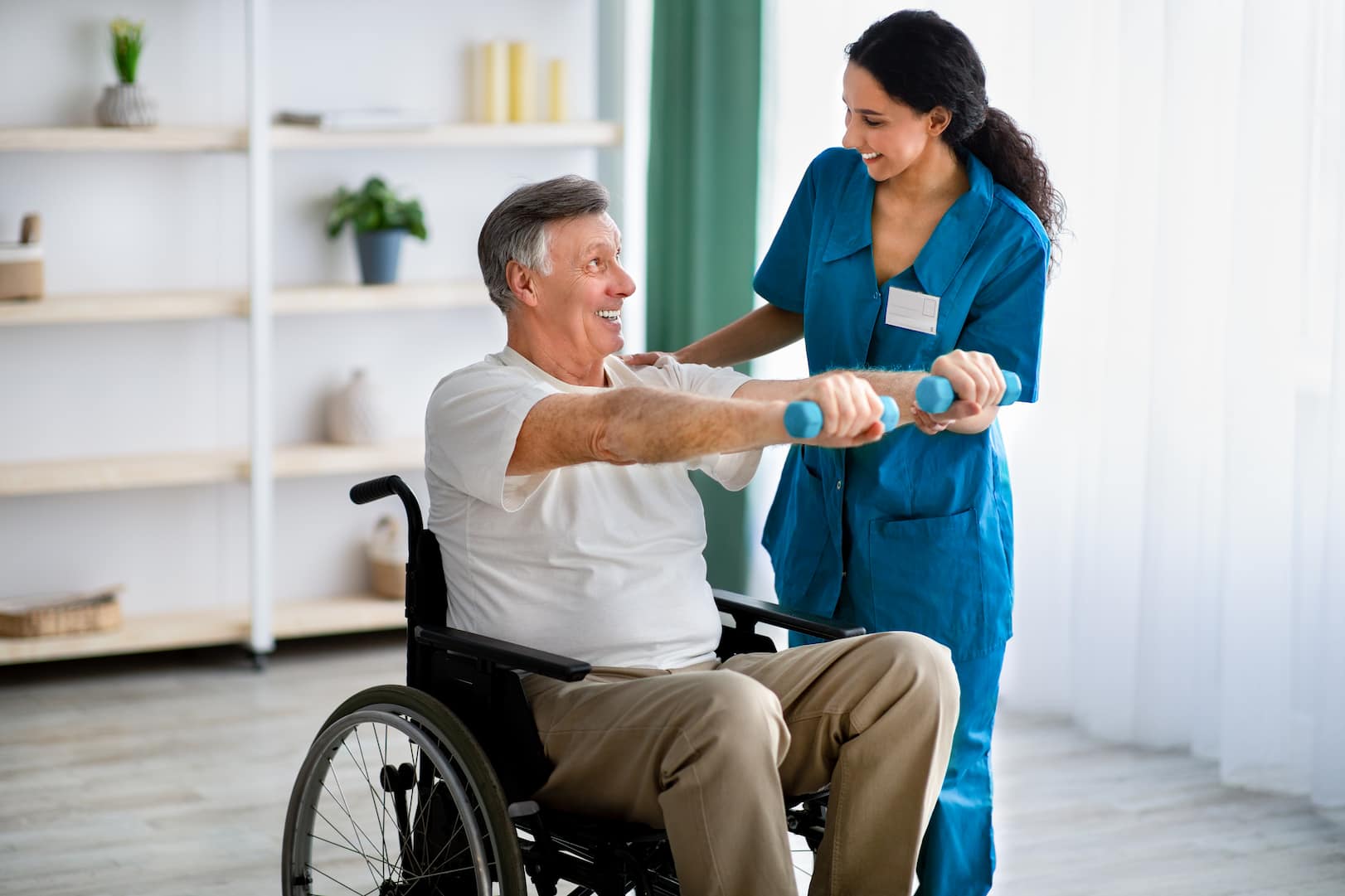
Post-Stroke Surgery Treatment
Stroke is a common neurological disorder that occurs when the blood flow to the brain is interrupted, leading to a lack of oxygen and nutrients in the affected area. This can cause damage to the brain and may result in a range of symptoms, including weakness, numbness, difficulty speaking, and loss of coordination.
While many strokes can be treated with medication and rehabilitation, some cases may require post-stroke surgery to address more severe or complex issues. In this article, we will explore the different approaches to post-stroke surgery, as well as the rehabilitation techniques used to aid in recovery.
Post-Stroke Surgery Approaches
Post-stroke surgery can be a life-saving intervention for patients who have suffered a stroke. Depending on the specific needs of the patient, several types of post-stroke surgery approaches may be recommended by a healthcare provider.
One of the most common types of post-stroke surgery is carotid endarterectomy. This procedure involves the removal of plaque from the carotid artery, which supplies blood to the brain. Carotid endarterectomy may be recommended for patients who have experienced a stroke due to a blockage in the carotid artery. By removing the plaque buildup in the artery, blood flow to the brain can be restored and the risk of another stroke can be reduced.
Another type of post-stroke surgery is craniotomy. This procedure involves removing a portion of the skull to access the brain. Craniotomy may be recommended for patients who have experienced a hemorrhagic stroke, which occurs when a blood vessel in the brain ruptures. By accessing the brain through the opening in the skull, a surgeon can remove the blood clot or repair the damaged blood vessel.
For patients who have experienced a severe stroke that has caused significant brain swelling, decompressive craniectomy may be recommended. This procedure involves removing a portion of the skull to relieve pressure on the brain. By reducing the pressure on the brain, blood flow can be improved and the risk of further damage to the brain tissue can be reduced.
Aneurysm clipping is another type of post-stroke surgery that may be recommended for patients who have experienced a hemorrhagic stroke due to an aneurysm. An aneurysm is a bulge in a blood vessel that can burst and cause bleeding in the brain. Aneurysm clipping involves the placement of a clip at the base of the aneurysm to prevent it from rupturing. By preventing the aneurysm from bursting, further bleeding can be prevented and the risk of another stroke can be reduced.
Rehabilitation Approaches
Post-stroke surgery is a vital intervention for patients who have experienced a stroke. However, the path to recovery extends beyond the surgical procedure. Rehabilitation plays a critical role in the recovery process after post-stroke surgery. The goal of rehabilitation is to help patients recover their lost abilities, regain their independence, and improve their overall quality of life. Rehabilitation is a personalized approach, and different patients may require different rehabilitation approaches tailored to their unique needs.
Physical therapy is one of the most common approaches to rehabilitation after post-stroke surgery. This involves exercises and activities designed to improve strength, balance, and coordination. Physical therapy may also help patients learn to use assistive devices, such as a cane or wheelchair. By improving physical function, patients can regain their independence and reduce the risk of falls or other accidents.
Occupational therapy is another approach to rehabilitation after post-stroke surgery. This involves activities designed to help patients re-learn everyday tasks, such as dressing, eating, and grooming. Occupational therapy may also involve adapting the home environment to make it more accessible and safe. By improving functional abilities, patients can regain a sense of normalcy and independence in their daily lives.
Speech therapy is also an important aspect of post-stroke rehabilitation. This involves exercises and activities designed to improve speech and communication skills. Speech therapy may also involve teaching patients alternative methods of communication, such as using a communication board or speech-generating device. By improving communication skills, patients can better interact with their loved ones and healthcare providers and reduce feelings of frustration or isolation.
Cognitive rehabilitation is an approach to rehabilitation that aims to improve cognitive function, such as memory, attention, and problem-solving skills. Cognitive rehabilitation may also involve teaching patients strategies for coping with the emotional and psychological effects of stroke. By improving cognitive function, patients can better navigate daily life and reduce the risk of depression or other emotional and psychological challenges.
Support groups are another important aspect of post-stroke rehabilitation. Joining a support group can provide emotional support and a sense of community for patients and their caregivers. Support groups may also provide practical advice and resources for managing the challenges of post-stroke recovery.

What Kind of Surgery Do You Have After a Stroke?
Once a patient has experienced a stroke, they may be candidates for a number of different types of surgical procedures. These procedures are collectively referred to as “post-stroke surgery.” Carotid endarterectomy, craniotomy, decompressive craniectomy, and aneurysm clipping are some of the surgeries that may come under this category. The surgeries that fall under this category are performed on patients based on the specific needs of each patient.
Why Would You Have Surgery After a Stroke?
Post-stroke surgery may be necessary to treat the underlying cause of the stroke or to prevent further complications. For example, carotid endarterectomy may be recommended for patients who have experienced a stroke due to a blockage in the carotid artery. Aneurysm clipping may be recommended for patients who have experienced a hemorrhagic stroke due to an aneurysm.
How Soon Can You Have Surgery After a Stroke?
The timing of post-stroke surgery will depend on several factors, including the type and severity of the stroke, the overall health of the patient, and any other medical conditions that may be present. In some cases, surgery may be performed immediately following a stroke, while in other cases, it may be delayed until the patient’s condition stabilizes.
Is Stroke After Surgery Common?
Stroke after surgery, also known as postoperative stroke, is a potential complication that can occur after any type of surgery, including post-stroke surgery. The risk of postoperative stroke will depend on several factors, including the type and length of the surgery, the age and overall health of the patient, and any other medical conditions that may be present. While postoperative stroke is not common, it is a serious complication that requires prompt medical attention.
The Study of Post-Stroke Surgery
In a recent multicenter study conducted across leading neurology institutions, researchers analyzed the outcomes of post-stroke surgeries in over 500 patients. The study revealed that carotid endarterectomy significantly reduced the risk of recurrent strokes by 65%, emphasizing its effectiveness in addressing carotid artery blockages. Additionally, the study highlighted the importance of timely intervention, with surgeries performed within 48 hours of stroke onset showing a 30% improvement in overall patient outcomes.
Healthy Türkiye Notes
Post-stroke surgery may be necessary for some patients to address more severe or complex issues related to stroke. However, rehabilitation is a crucial part of the recovery process and may involve a range of approaches, including physical therapy, occupational therapy, speech therapy, cognitive rehabilitation, and support groups. With the right treatment and rehabilitation, many patients can make significant progress in their recovery and regain their independence and quality of life.



